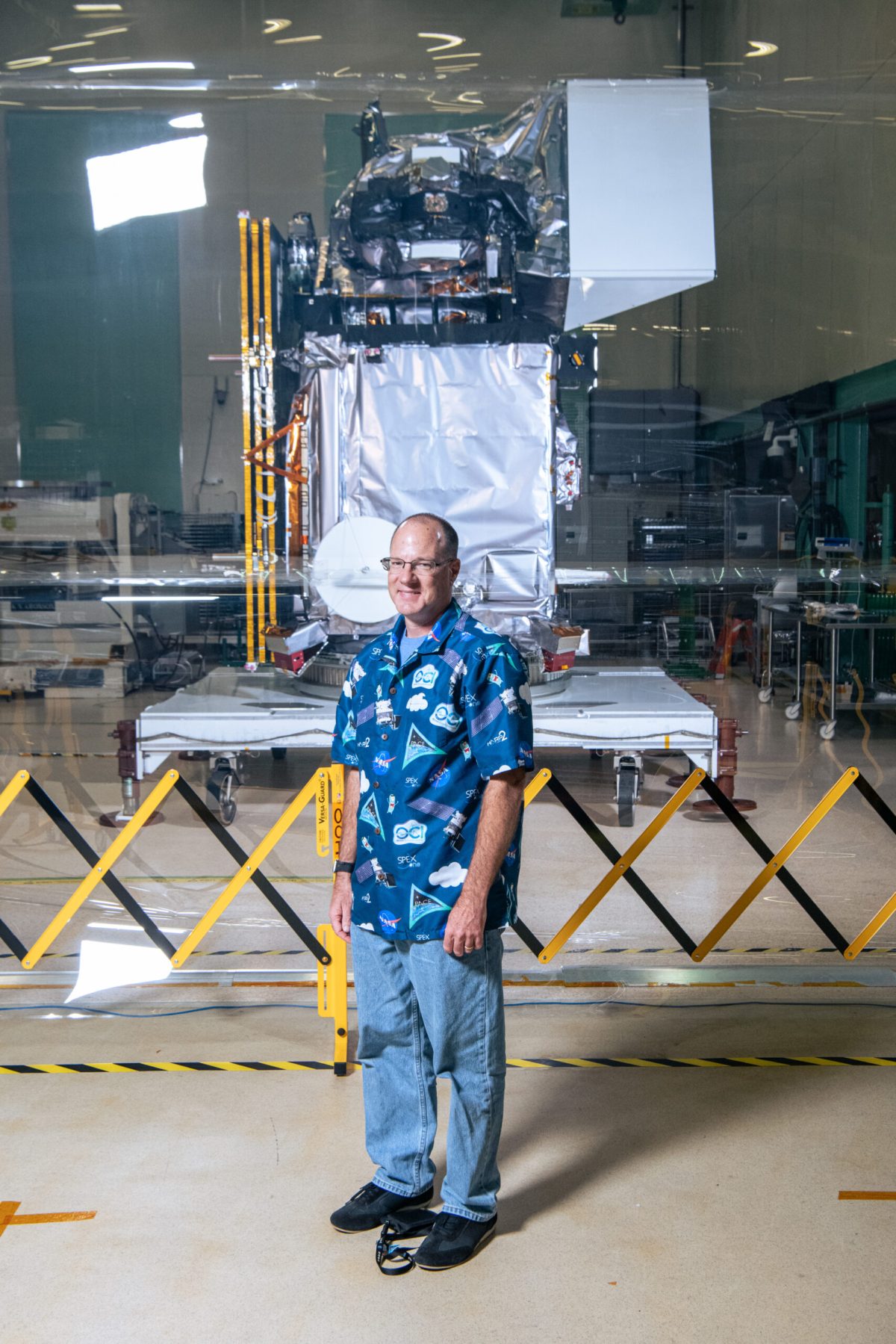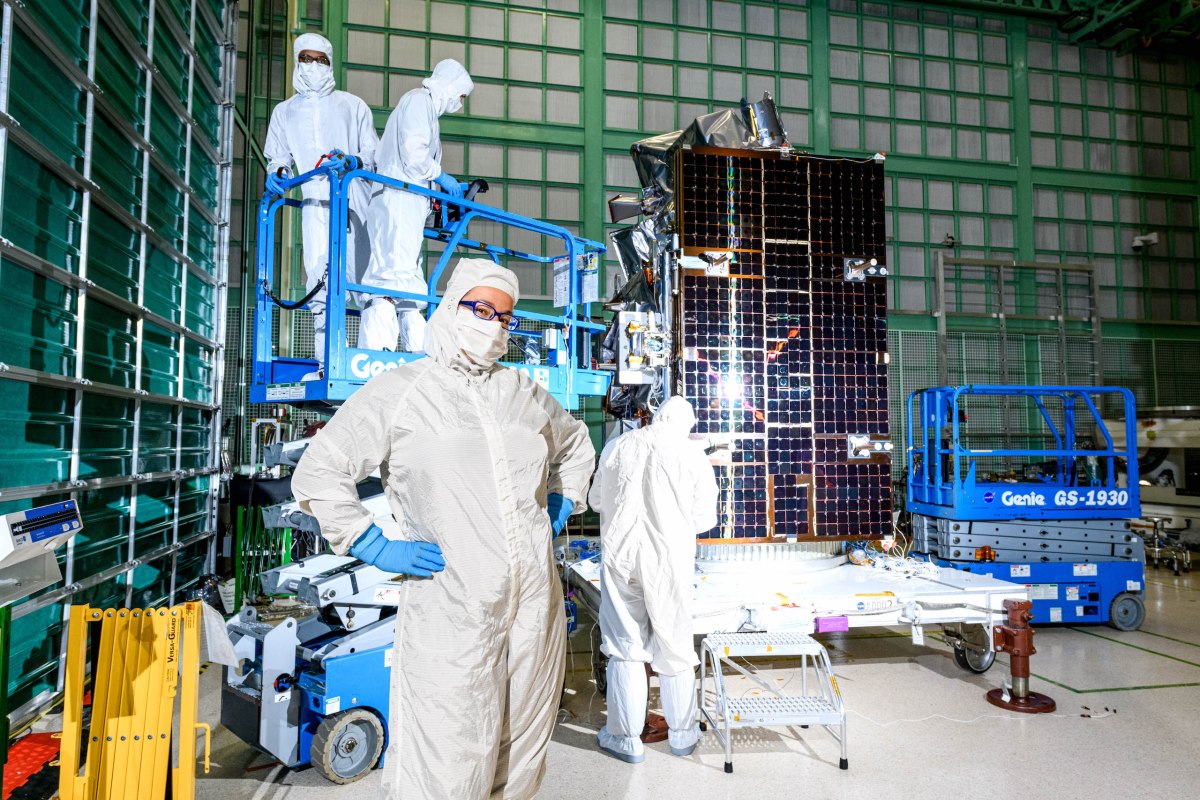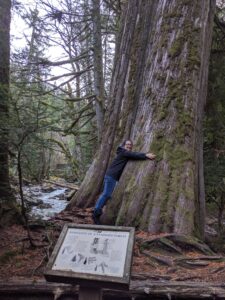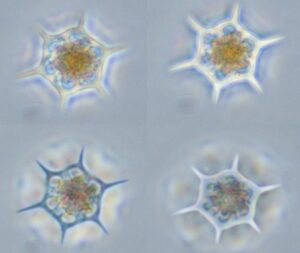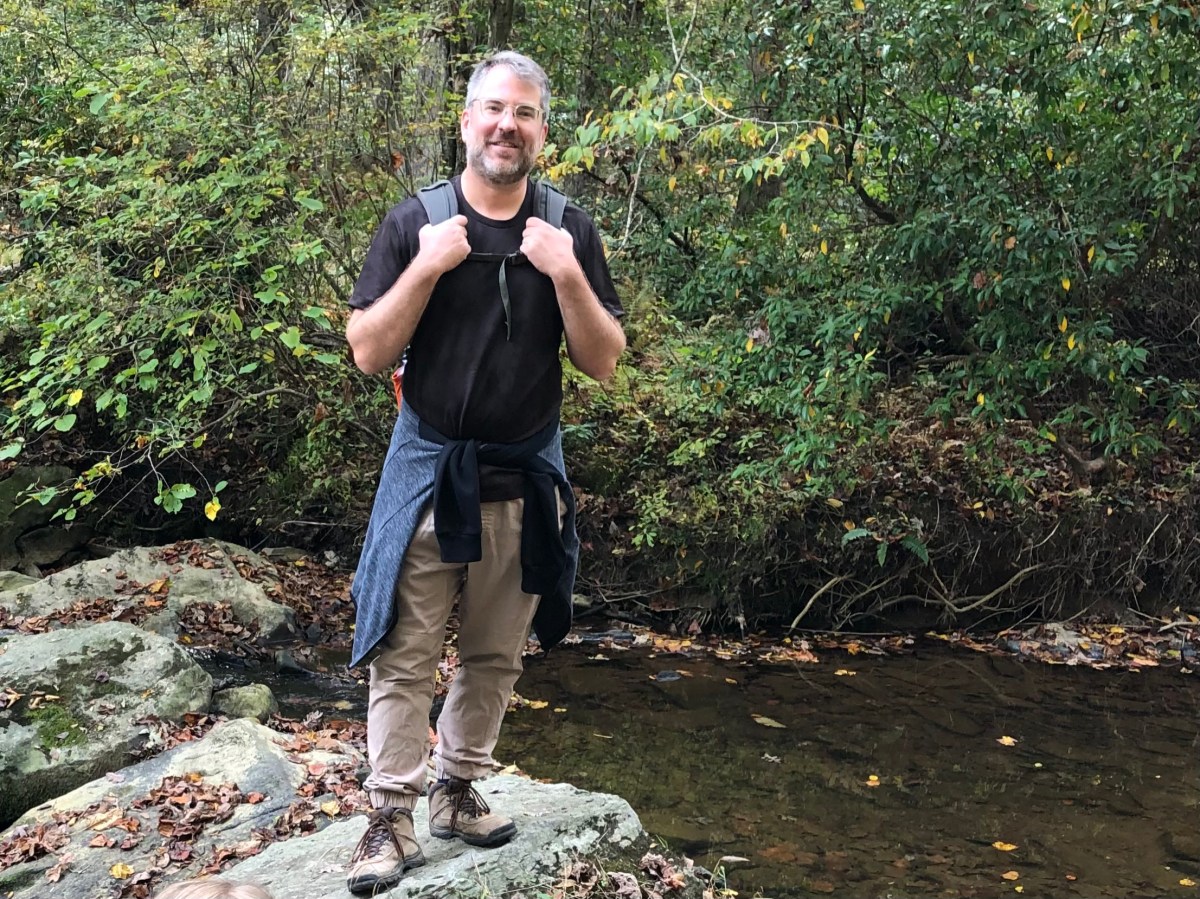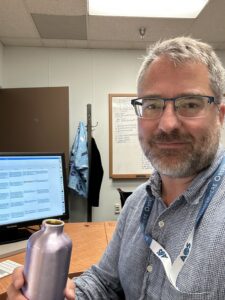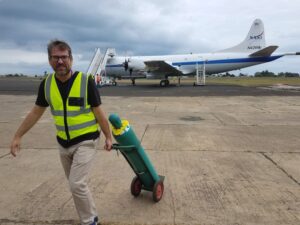Gary Davis is the mission systems engineer for PACE at NASA’s Goddard Space Flight Center in Greenbelt, Maryland.
What is your favorite ocean or atmospheric related book or movie?
I don’t know if it’s classified as a book, but I do like the Edgar Allan Poe story “A Descent Into the Maelstrom.” My favorite ocean movie? I really liked the movie “Master and Commander.” It’s not really an ocean movie, but a lot of it takes place on sailing ships, and they do have a naturalist in that movie who researches plants, insects, and other creatures.
What is your background?
I went to engineering school at the University of Virginia, got a bachelor’s degree in aerospace there, and then went to Princeton and got a master’s in mechanical and aerospace engineering. Essentially right out of school, I came to Goddard. I started off in the propulsion branch, and I worked on the TRMM mission – Tropical Rainfall Measuring Mission – and then the MAP mission – Microwave Anisotropy Probe. That’s a mouthful. Then I worked on the Solar Dynamics Observatory, I worked on the MMS mission – Magnetospheric Multiscale, another mouthful – and then OSIRIS-REx and now PACE.
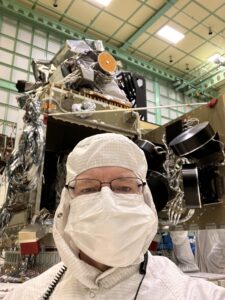
What is your role in PACE?
For PACE, I’m the mission systems engineer, so I’m the chief engineer on the project. I have a great team working with me to hopefully make sure it all works.
What are you most looking forward to during launch?
I am most looking forward to the moment when we get the telemetry that the spacecraft is alive and is stable and pointing the solar arrays at the sun. That’s the most critical part for us, is to make sure that the spacecraft has survived the rigors of launch, and that it knows what to do and is pointed in the right direction. So that’s a huge first step for us.
And once that’s all clear, what are you most looking forward to post-launch?
I want to see that first picture. The instrument folks call it first light, and I’m just really excited to see what PACE’s instruments can do. We’ve been testing them on the ground for all these years, but they’re not looking at anything really, just the laser light that we shine in or the ceiling of the cleanroom. When the Ocean Color Instrument is able to see the ocean and the polarimeters see the aerosols in the atmosphere, it will be amazing to get that first image.
Since OCI will be looking at all these different colors of the ocean, what is your favorite color and why?
That’s an easy one. My favorite color is British Racing Green and the reason why is I’m a Formula One fan and my favorite team (though they don’t race anymore) is Lotus. Way back in the day, most of their cars were painted British Racing Green, so I’ve always loved that color. It’s a dark green, and it’s very fast.
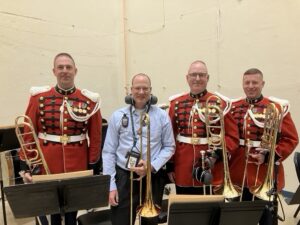
What advice would you give to aspiring engineers who want to someday work on NASA satellites?
The obvious answer that a lot of people give is “study this science or study that math or take that engineering class” and I kind of go in the opposite direction. For folks who want to work on NASA projects in science or engineering, they’re probably already very strong in science and engineering, so they don’t need any more of that. My advice would be to study and be trained as much as possible in human skills, leadership, team-building, and how to work as part of a team. Especially in today’s world, with so many virtual ways to communicate, your team might not be co-located with you. The better communication skills you have and the better you can get an entire team to work efficiently with you, that means a lot. For any big project, you need multiple people, and even with great people, nobody can do it by themselves – you need a whole team.
What’s a fun fact about yourself, something that a lot of people might not know?
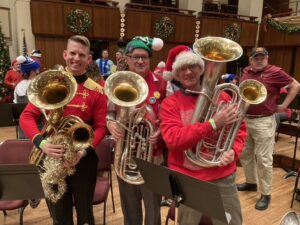
I’m a trombone player, amateur. I did buy a euphonium so I can play it once a year in Tubachristmas, which is super fun because we get to play the melody which you don’t usually get as a low brass player. So, for one night a year, I’m like a quasi-tuba player and it’s really fun.
What’s one catch-all statement describing the importance of PACE?
PACE is going to teach us answers about the ocean that we haven’t even been able to ask the questions for yet. It’s going to show us stuff that we don’t even know that we don’t know yet.
Header image caption: Gary with PACE Observatory during PACE Family Day. Image Credit: Dennis Henry
By Erica McNamee, Science Writer at NASA’s Goddard Space Flight Center

